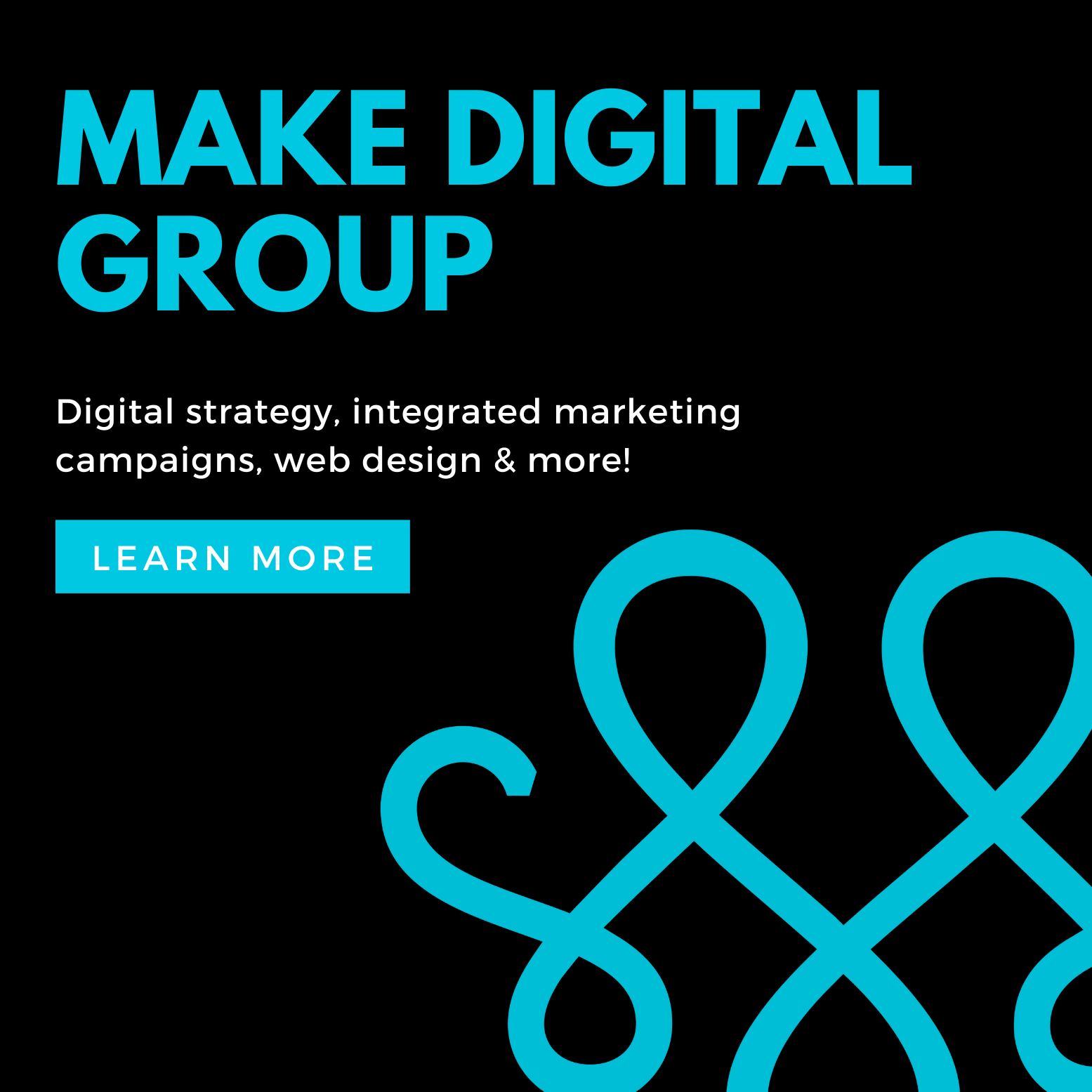This is the first of two articles on the subject of the Family Owned Business as a learning organization.
And there it was, still on the shelf after more than 23 years. Peter Senge’s work, The Fifth Discipline, has made quite a difference in the years since publication. This thought-provoking work is subtitled The Art and Practice of the Learning Organization, (Doubleday/Currency, 1990.) Have you read it? How many times. You must. While it is principally focused broadly on business organizations, virtually all of the materials apply as well (sometimes better) to family-owned business.
The author, an apparently modest and soft-spoken consultant served as the director of the Systems Thinking and Organizational Learning Program of MIT’s Sloan School of Management. His book offers no breakthrough ideas or sizzling buzzwords or acronyms to identify so much of the management theories and thinking we have all experienced over the years.
According to Peter Senge, learning organizations (read that as “family-owned businesses”) are organizations where people continually expand their capacity to create the results they truly desire, where new and expansive patterns of thinking are nurtured, where collective aspiration is set free, and where people are continually learning to see the whole together. He is describing a modern family-owned business.
The basic rationale for such organizations is that, in situations of rapid change, only those that are flexible, adaptive and productive will excel. For this to happen, Senge posits that organizations need to “discover how to tap people’s commitment and capacity to learn at all levels.”
Senge said, “You cannot think of learning without thinking of practicing constantly. Learning is the enhancement of the capacity to produce results that really matter to you.”
Senge believes that we need to begin thinking about leaders as designers, stewards and teachers, and not as the key decision makers. In this type of organization, he believes, there must be a shared or common vision along with a shared understanding of current reality. Does this description remind you of your family-owned business?
The book remains a clarion call for change, change concerning the ways we identify and solve problems. Perhaps even change about the way we deal with change. It is a simple premise, but critical if we in our family-owned business are to embrace the philosophy of the Learning Organization. Senge’s thoughts are vital for any family-owned business to consider.
- Have you established a common vision for your organization?
- Have you developed a clear statement of mission along with a set of values by which to conduct the affairs of your organization?
- Do you accept or reject the practice of questioning your beliefs?
- Are you functioning without questioning?
- Are you encouraging a continuing inquiry into the way you do things with a view to a process of constant improvement?
Consider the changing wants and needs of your employees, family and non-family, and customers. The demands made upon them, the pressures they encounter, the changing technologies all demand that you recognize that there can be “no more business as usual.” So where do you turn? What new acronym do you adopt to represent the current “hot” management theory?
A learning organization embraces systems thinking. It looks at the big picture rather than a collection of separate events. It establishes desired outcomes then encourages the people to take responsibility and work together to reach the outcomes. Is yours a learning organization?

